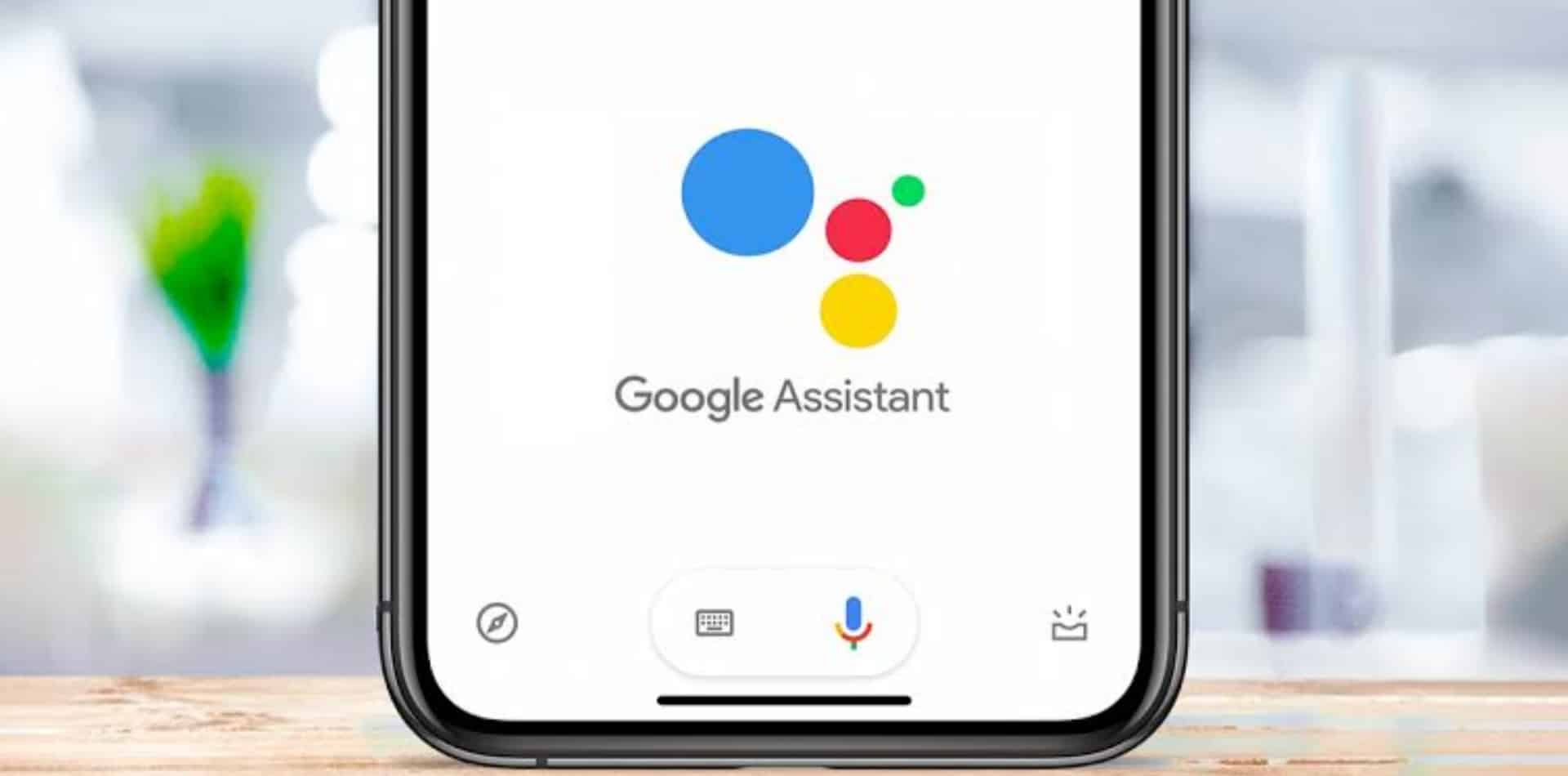Google has announced several new automation and web features for Assistant on both Android and iOS. One of the most notable features that are coming for Apple users is the ability to locate a lost or silenced iPhone using Google Assistant. This feature was earlier available for only Android devices but now Google has expanded it to iPhones as well. Now, you can locate a lost iPhone using the digital assistant by saying the command “Hey Google, find my phone.”
Locate iPhone Using Google Assistant
Google owns Android and it’s not a surprise that this ability, the Find My Device feature, is there on Android phones. However, it was missing on iPhones, which currently have Apple’s own Find My system. But now Google is also adding its feature to locate iPhones with the help of Google Assistant. The feature allows users to use the Assistant to trigger a sound for their smartphone when it’s misplaced or lost. With the arrival of Google’s device-locating feature to Apple’s devices, users who have an Assistant-enabled smart speaker and the accompanying Google Home app for iOS can locate or find a misplaced or lost device.
To trigger the alert on the lost or misplaced iPhone, you need to ask “Hey Google, find my phone” through a Google smart home device. After this, the Google Home app will send an iOS critical alert on the misplaced iPhone. This feature is similar to the one in Android phones with the only difference being the use of the critical alerts feature of iOS. To those of you who don’t know what critical alerts are, these are special notifications that override the ‘Do Not Disturb’ and ‘Silent’ mode on iOS.
Apart from this, several other features are also coming to the Assistant app including Assistant Routines and a Duplex update. The Assistant Routines feature, according to Google, will make it easy to perform multiple actions at once, automatically, with a single command. The Duplex update will make ordering takeout and delivery easier with partner restaurants. These new features should be rolling out soon to all users.
